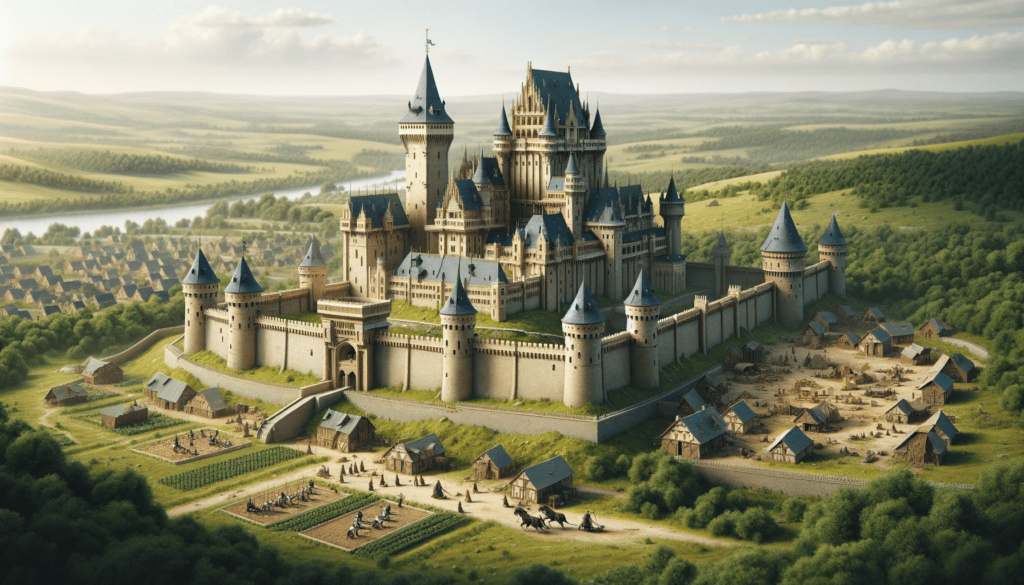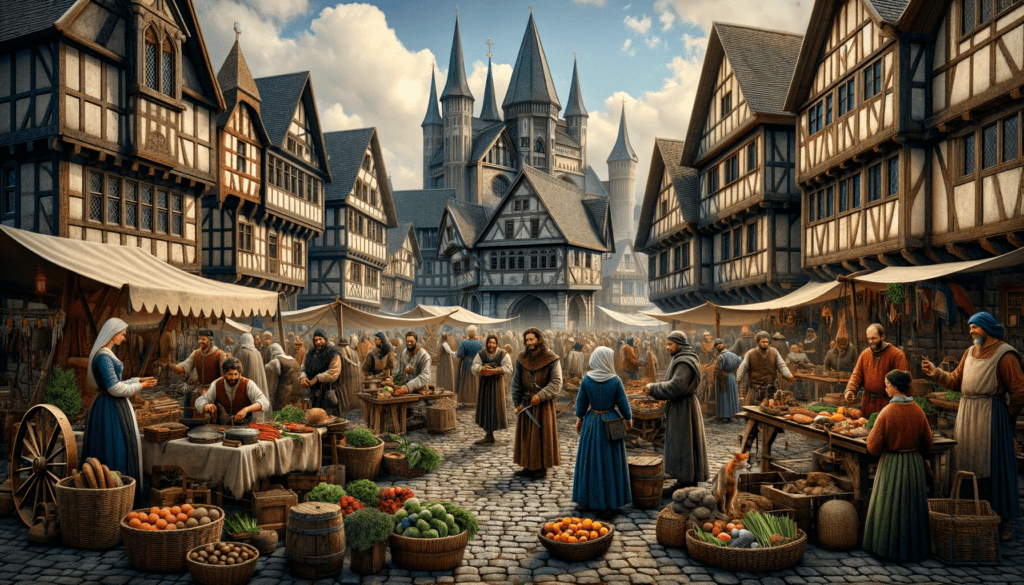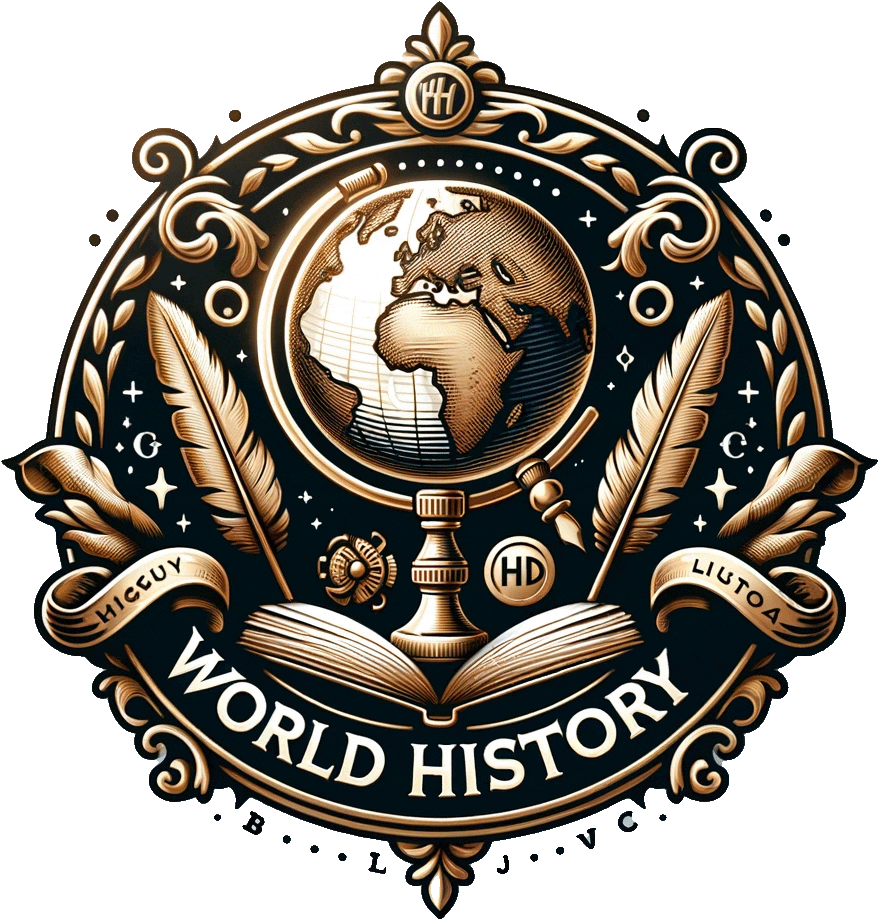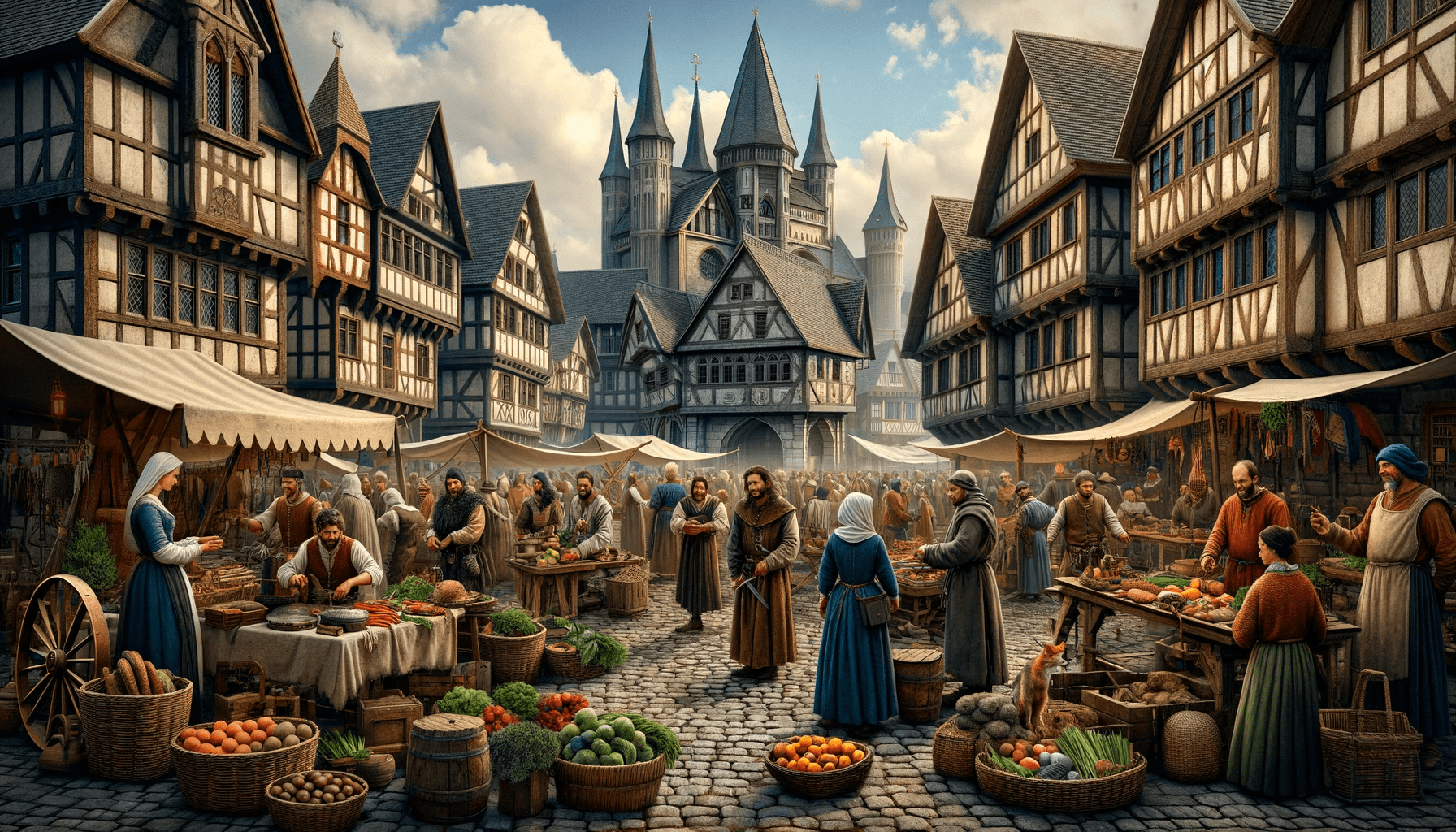The period of the Middle Ages, from the 5th to the late 15th century, was an era of great change. Despite the image of darkness and stagnation, those times saw significant social, cultural and economic developments. This blog highlights various facets of daily life in this day and age.
Social Structure in the Middle Ages.
Feudalism
During this period, society was organized hierarchically. At the top was the king, followed by nobility and peasants. Farmers worked on land belonging to higher classes, a system characteristic of the Middle Ages.
Religious Influence
The Catholic Church had a central role in daily life. Her influence extended across religious beliefs, social norms and politics, an aspect typical of the Middle Ages.
Work and Economy
Crafts
Agriculture was the backbone of the economy. Craftsmen such as blacksmiths and weavers also had an important role, reflecting the economic structure of the Middle Ages.
Commerce
With the rise of cities, trade networks developed. Markets and annual fairs were essential for economic and social interactions, a typical element of the Middle Ages.
Housing and Architecture in the Middle Ages
Houses and Castles
Most people lived in simple wooden houses. Castles, characteristic of the Middle Ages, served as defenses and homes for the nobility.
Churches
Churches and cathedrals, often in the Gothic style, were important structures. Their impressive architecture and decorations reflect the religious emphasis of the Middle Ages.
Culture and Leisure in the Middle Ages
Art and Literature
Art was mostly religious in nature, with a focus on biblical themes. Literary works such as the stories of King Arthur are famous examples from the Middle Ages.
Parties and Games
Feasts, often associated with religious holidays, were important. Music, dance and plays were popular forms of entertainment, a cultural aspect of the Middle Ages.
Conclusion
The Middle Ages, often wrongly labeled as a “dark period,” were in reality a time of significant progress and cultural richness. This fascinating period formed a crucial link in the development of modern European society and remains a source of inspiration and learning.
Lessons from the Middle Ages
This period teaches us about the resilience and innovation of the human spirit in times of change. Advances in art, science and society during these centuries laid the foundation for later developments in Europe and beyond.
The Relevant Middle Ages
Despite the centuries that separate us, this historical time remains relevant. From political systems and jurisprudence to art and literature, the echoes of this era can still be felt in our contemporary culture and society.
Reflections on the Middle Ages
By looking back on this period, we can better understand how our current world has been shaped. It offers us a mirror in which we can see and appreciate both the differences and the surprising similarities to our own era.
The Influence of the Middle Ages on Modern Innovations.
Many modern innovations have their roots in the developments that took place during this historical period. From architecture to administrative systems, the influence of these centuries is deeply woven into the fabric of our contemporary society.
Final thoughts
As we look forward to the future, it remains essential to recognize the rich history and lessons of the past. The Middle Ages, with all their complexity and diversity, are a fundamental chapter in this story.




Leave a Reply